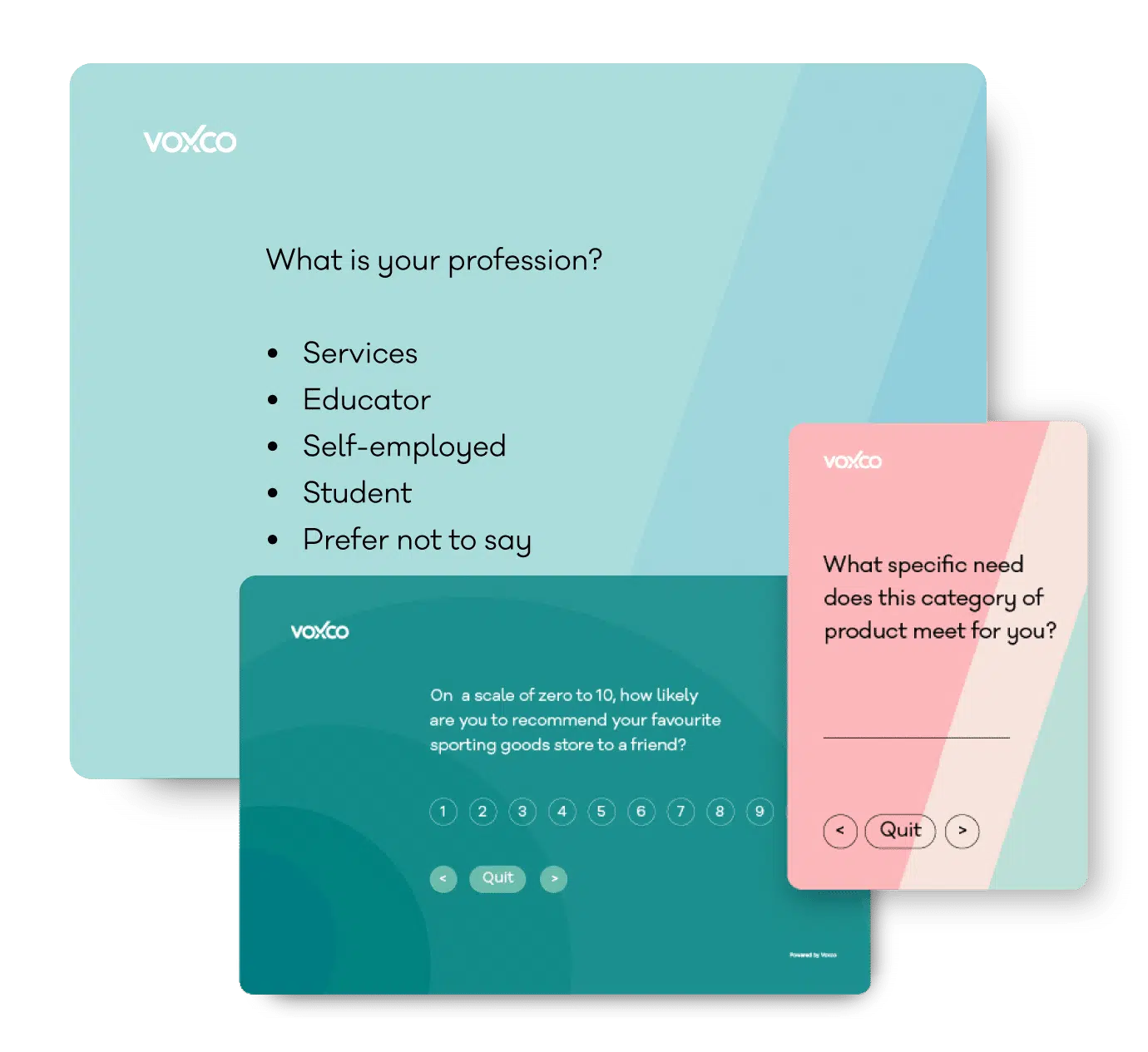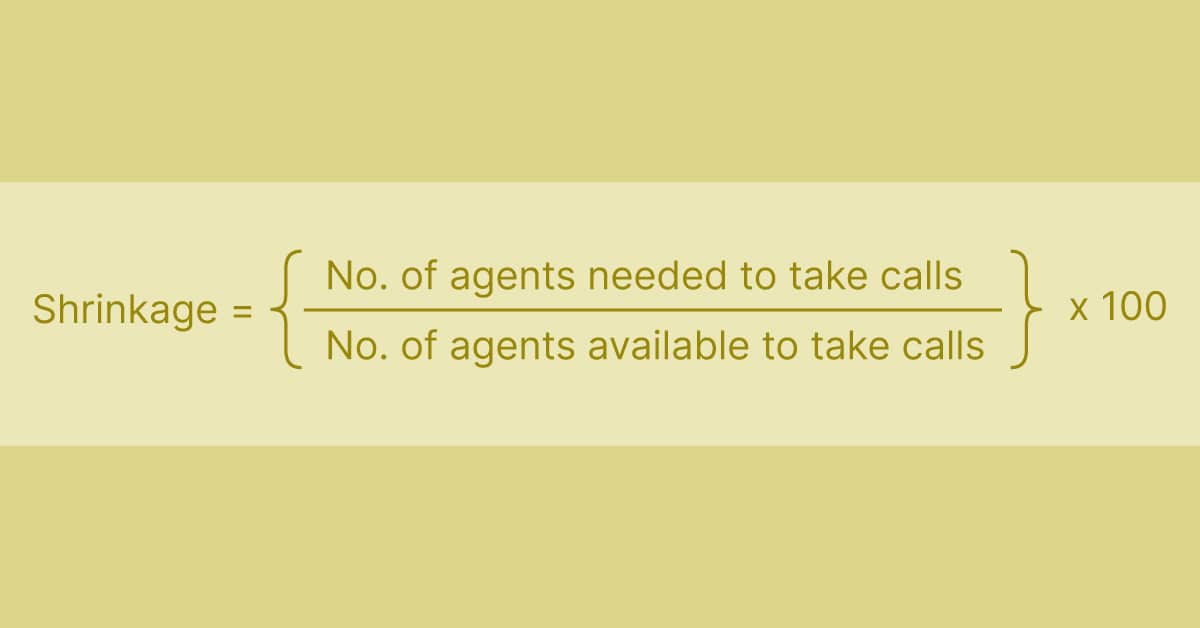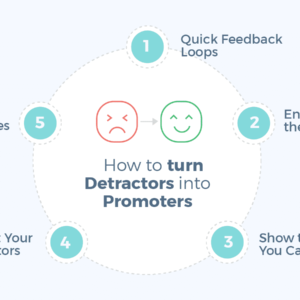
How to improve employee experience
How to improve employee experience SHARE THE ARTICLE ON Table of Contents What is employee experience? Employee experience is defined as the totality of a

Find the best survey software for you!
(Along with a checklist to compare platforms)
Take a peek at our powerful survey features to design surveys that scale discoveries.
Explore Voxco
Need to map Voxco’s features & offerings? We can help!
Find the best customer experience platform
Uncover customer pain points, analyze feedback and run successful CX programs with the best CX platform for your team.

We’ve been avid users of the Voxco platform now for over 20 years. It gives us the flexibility to routinely enhance our survey toolkit and provides our clients with a more robust dataset and story to tell their clients.
Steve Male
VP Innovation & Strategic Partnerships, The Logit Group
Explore Regional Offices

Find the best survey software for you!
(Along with a checklist to compare platforms)
Take a peek at our powerful survey features to design surveys that scale discoveries.
Explore Voxco
Need to map Voxco’s features & offerings? We can help!
Find the best customer experience platform
Uncover customer pain points, analyze feedback and run successful CX programs with the best CX platform for your team.

We’ve been avid users of the Voxco platform now for over 20 years. It gives us the flexibility to routinely enhance our survey toolkit and provides our clients with a more robust dataset and story to tell their clients.
Steve Male
VP Innovation & Strategic Partnerships, The Logit Group
Explore Regional Offices

Find the best survey software for you!
(Along with a checklist to compare platforms)
Take a peek at our powerful survey features to design surveys that scale discoveries.
Explore Voxco
Need to map Voxco’s features & offerings? We can help!
Find the best customer experience platform
Uncover customer pain points, analyze feedback and run successful CX programs with the best CX platform for your team.

We’ve been avid users of the Voxco platform now for over 20 years. It gives us the flexibility to routinely enhance our survey toolkit and provides our clients with a more robust dataset and story to tell their clients.
Steve Male
VP Innovation & Strategic Partnerships, The Logit Group
Explore Regional Offices

SHARE THE ARTICLE ON
Do you know how many of your agents are available to take calls at any given time and how many are on vacation? Call center shrinkage is the contrast between the two. Continue reading to learn how to measure shrinkage and control it.
Assume the call center has 100 agents to handle the incoming calls. Do you know if all 100 agents are available to serve customers at any given time? Call center shrinkage is the difference between the number of agents available to take calls and the number of agents on break, attending meetings/training, performing After Call Work (ACW), sick, etc.
Did you consider this when deciding on the size of your call center’s workforce? Staffing your call center entails more than just assigning an agent to each phone, and shrinkage is one aspect that influences how many agents you’ll need to handle your customers.
Let’s look at what shrinkage is, how to measure it, and how it affects the productivity and success of your call center, among other things.
See Voxco in action
The number of agents actively serving customers divided by the number of agents that are unavailable at the time is call center shrinkage.
It’s the difference between the time you pay agents to service customers and the time they actually spend doing so. Shrinkage is the difference between the two. It allows you to monitor how much time agents spend on tasks other than customer service. Across the sector, there are many alternative meanings that are similar. They describe call center shrinkage as follows:
While the meaning can differ from one company to another, it can be measured in terms of the number of workers or missed hours. It’s a popular planning tool for estimating how many agents to recruit. The factors that cause shrinkage can be divided into two groups.
Let’s move on to the segment where we look at the key aspect of the shrinkage now that we’ve looked at the elements that make up the call center shrinkage figure.
The following call center shrinkage calculation can be used to measure shrinkage. To begin, decide your base staffing requirements for normal call volume at various times during the day or transfer.
Estimate the typical percentage of employees who would be unable to answer calls during the interval using those calculations. This percentage may vary, but it usually falls between 10% and 40%. Divide your base personnel requirement by that number to get the number of jobs you can schedule.
For eg, if you have 160 call center agents on the day shift and a 20% shrinkage rate, divide 160 by (1 minus 0.2), for a total of 200. Now you know that if you schedule 200 people, but 20% of them are unable to answer phones for different reasons, the remaining 160 people would be able to cover the phones adequately.
This leads us to our next critical question: how can call center shrinkage be calculated?
Shrinkage can be calculated using two formulas: one to determine staffing requirements and the other to assess individual agent performance. Let’s take a look at both.
In terms of the number of agents:
Call center shrinkage calculation formula:

Example:
Assume you need 100 agents to manage your call volume in one hour to achieve your service level goals. If 30 agents are unable to take calls at any point during the hour due to the reasons mentioned above, shrinkage will be-
Shrinkage = (100/70) x 100 = 142.8
According to the example above, you have a 30% shrinkage, which means you’ll need to recruit 30% more agents (or, in this case, 30 more agents) to reach your SLAs. However, these 30 additional agents would shrink by 30%, necessitating the hiring of nine additional agents. This will go on endlessly. This is one of the main reasons why you should measure the personnel requirements using the shrinkage formula rather than the shrinkage percentage.
So, after calculating for total shrinkage, you’d need 143 agents to reach your SLAs in one hour, according to the above estimate.
When you need to figure out how many agents you’ll need, use this formula. It will provide you with the perfect buffer you need when preparing any campaigns that might require additional personnel.
In terms of hours:
When calculating call center shrinkage for an individual agent’s performance, use this formula:
In a call center, Bob manages a team of 12 officers. On any given day, he may have an agent on leave, another who is sick, and yet another who hasn’t turned up for work. One is at a break and the others are at work among those who have shown up. So, you now have eight agents that are currently serving customers. So, how do you figure out how much the four agents that aren’t available have shrunk?
Here’s a sample call center shrinkage calculator to assist you with the method.
You’ll need the following information to measure your call center’s overhead/shrinkage:
The contact center shrinkage formula is:
Normally, shrinkage is calculated over 12 months.
The equation below is based on:
In days/year | ||
External shrinkage | Vacation/ Holiday | 24 |
Public holidays | 8 | |
Sick leaves | 8 | |
Absenteeism | 6 | |
Internal shrinkage | Team meetings | 1.5 |
One-on-one meetings | 1 | |
Paid breaks | 10.8 | |
Toilet breaks | 4.3 | |
Training sessions | 5 | |
Coaching | 7 | |
Evaluation | 2 | |
Team engagement sessions | 2.8 | |
System downtime | 1.5 | |
Others | 10.4 | |
Total | 83.3 |
In this case, the total shrinkage would be 31.9 percent.
You may be wondering, based on the formulae discussed above, what percentage of call center shrinkage is considered natural. Of course, the response will vary by sector, but the most widely accepted number for the call center industry is between 30 and 35 percent.
Usually, the shrinkage percentage is measured over 12 months. Let’s take a look at how it impacts the efficiency of call centers and how to reduce and manage the shrinkage.
A high rate of shrinkage indicates poor results. When agents are unable to assist customers, this results in longer wait and hold times, as well as lower customer satisfaction. While shrinkage is not a performance measure, it is often used by managers to see whether overall customer satisfaction can be improved. Shrinkage rates that are too high can put unnecessary strain on other agents, resulting in a drop in overall productivity.
Calculating shrinkage also aids managers in determining the number of agents required to handle inbound and outbound calls. Shrinkage is taken into account by managers to achieve predetermined service targets. Managers must track and control this metric daily to meet staffing needs and ensure overall call center performance.
To help reduce shrinkage in your call center, keep the following two things in mind:
You can manually monitor call center shrinkage or use cloud-based call center software. This aids in determining when and where shrinkage occurs, as well as how to reduce shrinkage in your call center. It’s important to keep in mind, however, that certain causes of shrinkage are uncontrollable or unavoidable.
Because most meetings take place between the hours of 10 a.m. and 3 p.m., you may find that shrinkage is greatest during that time. Weather plays a role in shrinkage as well; for example, during the winter, agents may choose to spend more time outside and may prolong their break. To solve this, you should design the office space and layout accordingly. Some departments/teams can also experience significant shrinkage. Analyzing this information will help you figure out which processes need to be improved.
You will be able to increase employee adherence to the call center schedule by finding causes that cause them to prolong their breaks.
Aside from these steps, you can also use the latest technology to keep shrinkage to a basic minimum. These will assist you in maintaining a solid plan for shrinkage reduction and routine monitoring.
WFM features are now included in almost all contact center applications. The software can automate the shrinkage monitoring process, making it both simpler and more effective than the traditional spreadsheet method. You can schedule agents and even allow them to set their schedules within a given boundary using WFM software. A few WFM solutions have skill-based routing, which can help agents do their jobs better.
As previously stated, the rate of shrinkage in a call center changes occasionally. Decision-makers must regularly measure, review and reduce the shrinkage rate. Shrinking management must be continued by creating a one-month shrinkage provision and comparing the projection to the actual findings. In addition, they need to identify the root causes of shrinkage and take the necessary measures to reduce the rate of shrinkage to 35%.
Overall, the efficiency and productivity of call centers directly impact the shrinkage of call centers. but the rate continues to change occasionally. Managers need to measure and regularly monitor the rate to improve customer experience and achieve service objectives. You must continue to implement a robust strategy that stresses the regular shrinkage of internal and external shrinkage hours.
Read more

How to improve employee experience SHARE THE ARTICLE ON Table of Contents What is employee experience? Employee experience is defined as the totality of a
Predictive Analytics SHARE THE ARTICLE ON Table of Contents The use of data to forecast future trends and occurrences is known as predictive analytics. It

Stratified Random Sampling: Definition, Examples & Types Ultimate Sampling Guide Finding the correct representative sample that resembles your target audience can lead to improved insights
How to Create Academic Research Surveys SHARE THE ARTICLE ON Table of Contents Academic research surveys are an excellent approach to obtaining open and honest

Discourse Analysis & Everything You Need to Know Book a 15-min consultation call with our experts. Schedule a Call SHARE THE ARTICLE ON Table of

The Comprehensive Guide to Computer-Assisted Personal Interview (CAPI) Surveys SHARE THE ARTICLE ON Table of Contents In the world of data collection and research, technology
We use cookies in our website to give you the best browsing experience and to tailor advertising. By continuing to use our website, you give us consent to the use of cookies. Read More
| Name | Domain | Purpose | Expiry | Type |
|---|---|---|---|---|
| hubspotutk | www.voxco.com | HubSpot functional cookie. | 1 year | HTTP |
| lhc_dir_locale | amplifyreach.com | --- | 52 years | --- |
| lhc_dirclass | amplifyreach.com | --- | 52 years | --- |
| Name | Domain | Purpose | Expiry | Type |
|---|---|---|---|---|
| _fbp | www.voxco.com | Facebook Pixel advertising first-party cookie | 3 months | HTTP |
| __hstc | www.voxco.com | Hubspot marketing platform cookie. | 1 year | HTTP |
| __hssrc | www.voxco.com | Hubspot marketing platform cookie. | 52 years | HTTP |
| __hssc | www.voxco.com | Hubspot marketing platform cookie. | Session | HTTP |
| Name | Domain | Purpose | Expiry | Type |
|---|---|---|---|---|
| _gid | www.voxco.com | Google Universal Analytics short-time unique user tracking identifier. | 1 days | HTTP |
| MUID | bing.com | Microsoft User Identifier tracking cookie used by Bing Ads. | 1 year | HTTP |
| MR | bat.bing.com | Microsoft User Identifier tracking cookie used by Bing Ads. | 7 days | HTTP |
| IDE | doubleclick.net | Google advertising cookie used for user tracking and ad targeting purposes. | 2 years | HTTP |
| _vwo_uuid_v2 | www.voxco.com | Generic Visual Website Optimizer (VWO) user tracking cookie. | 1 year | HTTP |
| _vis_opt_s | www.voxco.com | Generic Visual Website Optimizer (VWO) user tracking cookie that detects if the user is new or returning to a particular campaign. | 3 months | HTTP |
| _vis_opt_test_cookie | www.voxco.com | A session (temporary) cookie used by Generic Visual Website Optimizer (VWO) to detect if the cookies are enabled on the browser of the user or not. | 52 years | HTTP |
| _ga | www.voxco.com | Google Universal Analytics long-time unique user tracking identifier. | 2 years | HTTP |
| _uetsid | www.voxco.com | Microsoft Bing Ads Universal Event Tracking (UET) tracking cookie. | 1 days | HTTP |
| vuid | vimeo.com | Vimeo tracking cookie | 2 years | HTTP |
| Name | Domain | Purpose | Expiry | Type |
|---|---|---|---|---|
| __cf_bm | hubspot.com | Generic CloudFlare functional cookie. | Session | HTTP |
| Name | Domain | Purpose | Expiry | Type |
|---|---|---|---|---|
| _gcl_au | www.voxco.com | --- | 3 months | --- |
| _gat_gtag_UA_3262734_1 | www.voxco.com | --- | Session | --- |
| _clck | www.voxco.com | --- | 1 year | --- |
| _ga_HNFQQ528PZ | www.voxco.com | --- | 2 years | --- |
| _clsk | www.voxco.com | --- | 1 days | --- |
| visitor_id18452 | pardot.com | --- | 10 years | --- |
| visitor_id18452-hash | pardot.com | --- | 10 years | --- |
| lpv18452 | pi.pardot.com | --- | Session | --- |
| lhc_per | www.voxco.com | --- | 6 months | --- |
| _uetvid | www.voxco.com | --- | 1 year | --- |